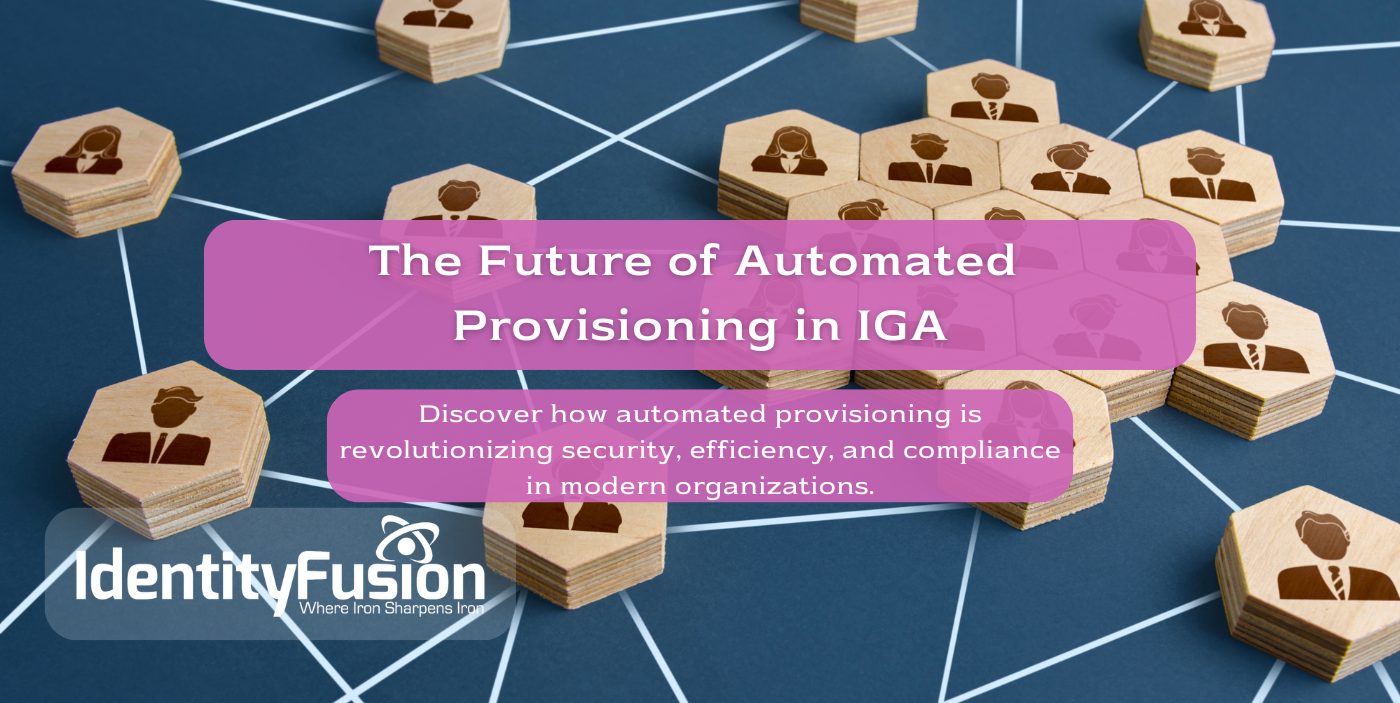In today’s digital landscape, managing access to sensitive systems and data is paramount for maintaining security and compliance. Two pivotal concepts that address these challenges are Zero Standing Privileges (ZSP) and Identity Governance and Administration (IGA). This blog post explores the relationship between ZSP and IGA and discusses whether ZSP implementation requires an IGA solution.
Understanding Zero Standing Privileges (ZSP)
ZSP is an advanced cybersecurity approach that extends the principle of least privilege. Under ZSP, no user or account retains permanent access rights to critical systems. Instead, access must be requested on a temporary basis and is automatically revoked once the task is completed or after a specified time. This minimizes the risk of unauthorized access and insider threats by reducing the number of active access points at any given time.
The Role of Identity Governance and Administration (IGA)
IGA refers to the technologies and policies designed to manage and secure user identities and their access rights across an organization. IGA solutions handle a variety of functions such as identity lifecycle management, role-based access control, compliance management, and more. Implementing ZSP within an IGA framework ensures that access rights are granted dynamically and only as needed, which aligns with the least privilege and just-in-time access principles.
The Interplay Between ZSP and IGA
Implementing ZSP does not inherently require an IGA solution; however, integrating ZSP with an IGA system can significantly enhance security and management capabilities. Here’s why:
-
Centralized Management: IGA provides a centralized platform that facilitates the management of temporary access rights, crucial for implementing ZSP effectively.
-
Automated Workflows: IGA systems automate the workflows for requesting, approving, and revoking access. This automation supports the ZSP model by enabling quick and secure access management.
-
Compliance and Auditing: IGA solutions help maintain compliance with rigorous logging and reporting, essential for the audit trails required under ZSP.
-
Scalability: As organizations grow, the complexity of managing access rights increases. IGA solutions can scale accordingly, which is vital for deploying ZSP across large environments.
-
Security Enhancements: IGA often includes risk-based access controls, which analyze the risk level of access requests. Integrating these features with ZSP can further tighten security measures.
Conclusion
While it is possible to implement ZSP without an IGA solution, the integration of the two provides a more robust, scalable, and efficient approach to access management. Organizations looking to enhance their security posture would benefit from considering how ZSP can be supported by IGA to ensure comprehensive management and control of access rights. As cybersecurity threats evolve, adopting these advanced strategies will be key to protecting critical assets and ensuring compliance in an increasingly complex digital world.

